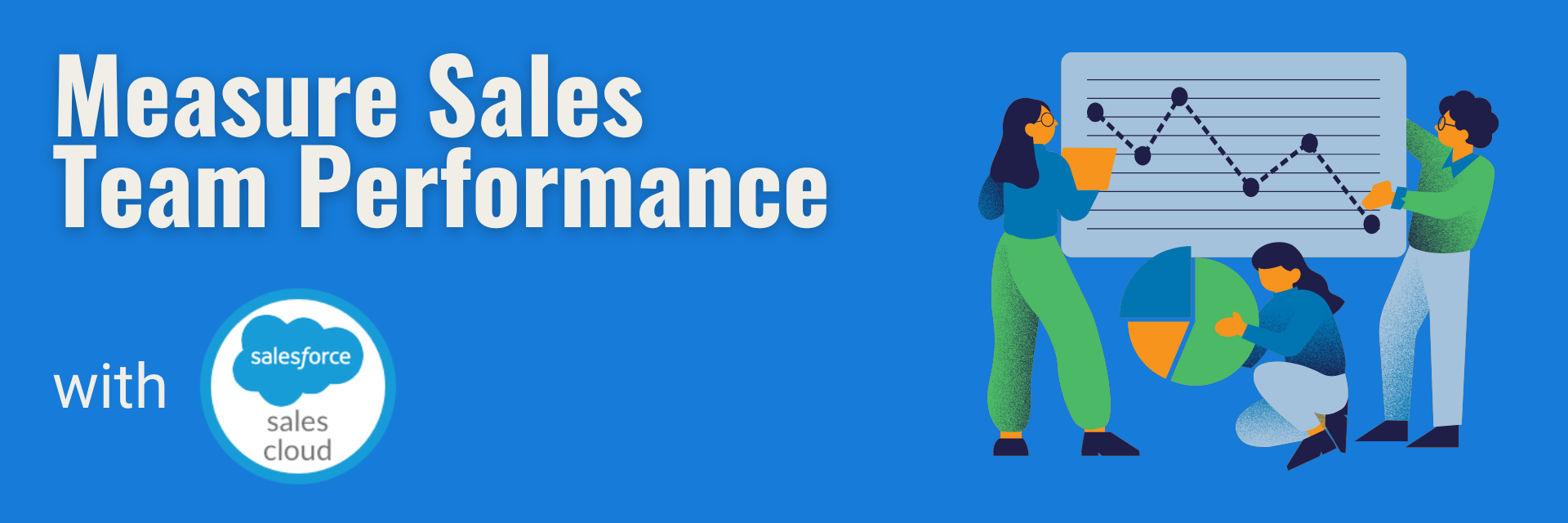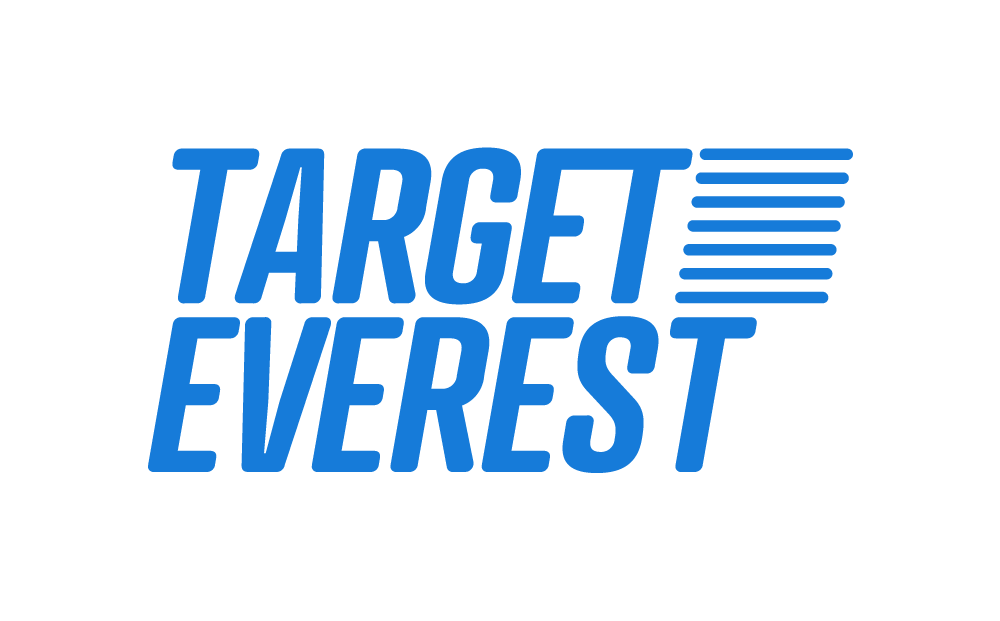Salesforce Reports and Dashboards: How to Measure Sales Team Performance in Sales Cloud

In today’s competitive business world, having accurate and up-to-date data is essential for making strategic decisions and optimising processes. This is where Salesforce Reports and Dashboards shine, offering sales teams indispensable tools for tracking performance.
By providing a clear, comprehensive view of team performance, these features enable managers to identify opportunities, detect issues, and swiftly implement solutions.
Real-Time Tracking
One of the most significant benefits of Salesforce Reports and Dashboards is the ability to monitor sales team performance in real-time. Imagine having a dashboard that displays the number of opportunities in the pipeline, conversion rates, and revenue generated at any given moment. With this instant visibility, managers can quickly identify areas requiring attention and make strategic decisions to boost results. For instance, if conversion rates are below target, adjustments to sales strategies, additional team support, or revisiting lead profiles can be implemented without delay.
Sales KPIs
Measuring team performance effectively starts with defining and tracking the right KPIs (Key Performance Indicators). Some of the most critical KPIs include:
- Conversion Rate: The percentage of opportunities that result in sales.
- Revenue Generated: Total sales achieved over a specific period.
- Sales Pipeline: The current stage of each opportunity within the sales funnel.
- Sales Cycle: The average time from the first lead interaction to closing the sale.
- Number of Opportunities Created: Reflects the team’s ability to generate new leads.
By monitoring these KPIs, managers can identify trends, compare individual performance, and make more informed decisions to optimise outcomes.
Key Reports in Sales Cloud
Salesforce offers a variety of reports to provide valuable insights into sales team performance. Let’s explore some of the most essential:
- Opportunities by Stage Report This report is essential for tracking sales progress. By breaking down opportunities by stage (prospecting, negotiating, closing), it becomes easy to pinpoint where deals are being lost, helping to fine-tune strategies and increase conversion rates.
- Sales Performance Report Want to know who your top performers are? This report compares sales targets against actual results, enabling managers to reward top performers and identify those needing additional support.
- Lead Conversion Rate Report Tracking your lead conversion rate helps assess the success of marketing campaigns. By monitoring this metric, you can evaluate lead quality and the effectiveness of qualification strategies.
- Sales Activity Report A detailed breakdown of sales activities, such as calls, emails, and meetings, ensures the team is focused on high-priority tasks, and helps improve time management.
- Forecast Report Sales forecasting is crucial for financial planning. By estimating potential revenue based on active pipeline opportunities, managers can make more informed decisions about investments, resource allocation, and sales goals.
Custom Dashboards
Have you ever imagined having a panoramic view of your sales team’s performance in real-time, tailored to your business needs? With Salesforce’s custom dashboards, you can achieve just that! Dashboards visually present key metrics such as:
- Opportunities: How many are open, their stage in the pipeline, and the expected value?
- Sales: Who are the top performers? Which products are selling the most?
- Leads: How many were generated? What’s the conversion rate?
- Forecasts: What revenue can be expected in the upcoming months?
Lead Quality Metrics
Generating leads is just one piece of the puzzle. With Salesforce lead quality reports, you can:
- Assess Lead Quality: Determine which leads have the highest potential for conversion.
- Focus on What Matters: Direct efforts towards the most promising leads.
- Refine Campaigns: Understand which campaigns generate higher-quality leads.
Metrics like lead conversion rate help businesses refine both marketing and sales strategies. By keeping a close eye on these metrics, you can optimise your processes and improve your chances of closing deals.
Pipeline Analysis
Your sales pipeline is the backbone of your business. Tracking all opportunities from the first contact to close is essential, and regular pipeline analysis ensures you’re maximising potential. Reports and dashboards help monitor the health of your pipeline at various stages, allowing you to identify deals close to closing and those needing extra attention.
Sales Cycle Analysis is also crucial. By measuring the average sales cycle and how it varies depending on the client or opportunity type, you can identify bottlenecks and refine your approach.
Automation and Proactive Insights
Imagine no longer having to generate reports manually… With Salesforce’s automation features, you can schedule reports to be sent automatically to managers at regular intervals. This keeps everyone informed of the team’s performance without needing to request additional reports.
With Salesforce Einstein Analytics, you gain deep insights into your sales team’s performance. This AI-driven tool identifies patterns, trends, and growth opportunities that may otherwise go unnoticed.
Data-Driven Adjustments
Data-driven decision-making is key to success in sales. Using Salesforce Reports and Dashboards allows sales teams to:
- Identify Trends: Observe patterns in data to uncover opportunities and challenges.
- Take Corrective Action: Make swift, effective decisions to resolve issues and optimise processes.
- Customise Approaches: Tailor sales strategies for each customer or market segment.
- Continuous Improvement: Use data to measure the impact of changes and make ongoing adjustments.
In conclusion, Salesforce Reports and Dashboards in Sales Cloud are powerful tools that transform data into actionable insights. By offering a clear, real-time view of sales team performance, managers can make smarter decisions, optimise processes, and more effectively reach business goals.
Check out more posts on our blog!
If you want to learn more about Salesforce Sales Cloud, complete the form and we’ll get in touch with you soon!
Do you want to hear more?
Our team of experts specializes in Salesforce and is dedicated to providing top-notch services to help your business succeed. If you're looking for Salesforce® solutions or have any questions, please feel free to reach out to us. We'd love to hear from you.
Contact us

 Target Everest |
Target Everest |